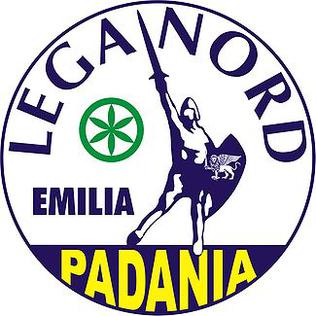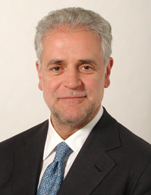| |||||||||||||||||||||||||||||||||||||
All 50 seats to the Regional Council of Emilia-Romagna | |||||||||||||||||||||||||||||||||||||
|---|---|---|---|---|---|---|---|---|---|---|---|---|---|---|---|---|---|---|---|---|---|---|---|---|---|---|---|---|---|---|---|---|---|---|---|---|---|
| |||||||||||||||||||||||||||||||||||||
 Regional election results map. Red denotes provinces with a Democratic plurality, Blue denotes those with a Centre-right plurality. | |||||||||||||||||||||||||||||||||||||
| |||||||||||||||||||||||||||||||||||||
The Emilia-Romagna regional election of 2014 took place on 23 November 2014.

Emilia-Romagna is an administrative region of Northeast Italy comprising the historical regions of Emilia and Romagna. Its capital is Bologna. It has an area of 22,446 km2 (8,666 sq mi), and about 4.4 million inhabitants.
Contents
The three-term incumbent President of the Region, Vasco Errani of the centre-left Democratic Party resigned in July 2014 after the conviction for fraudulent misrepresentation, [1] triggering a snap election.

Vasco Errani is an Italian politician. He was a founding member of the Democratic Party (PD), which he has left on 22 February 2017, to join the Democratic and Progressive Movement, a party founded by the former PD left-wing minority. He has been President of Emilia-Romagna from 1999 to 2014, being the longest-serving one of all time. Errani is one of the longest-serving governors in the history of the Italian Republic.

The Democratic Party is a social-democratic political party in Italy. The party's secretary is Nicola Zingaretti, who was elected in March 2019, while Paolo Gentiloni serves as president.
In an election marked by the lowest turnout ever in the Region (37.7%), Stefano Bonaccini, a Democrat, was elected President by defeating several candidates, mainly Alan Fabbri of Lega Nord Emilia (29.9%) and Giulia Gibertoni of the Five Star Movement (13.3%).

Stefano Bonaccini is an Italian politician and member of the Democratic Party, he is the President of Emilia-Romagna since 24 November 2014.

Lega Nord Emilia is a regionalist political party in Italy, active in the Emilian part of Emilia-Romagna. Formed in 1989, since 1991 it has been one of the "national" sections of Lega Nord.

The Five Star Movement is a political party in Italy. The M5S was founded on 4 October 2009 by Beppe Grillo, a comedian and blogger, and Gianroberto Casaleggio, a web strategist. After Casaleggio's death in April 2016, Grillo appointed a directorate composed of five leading MPs, which lasted until the following October when he dissolved it and proclaimed himself the "political head" of the M5S. Grillo is also formally president of the association named the Five Star Movement; his nephew, Enrico Grillo, serves as vice president; and his accountant, Enrico Maria Nadasi, as secretary. Davide Casaleggio, Gianroberto's son, has an increasingly important albeit unofficial role.





















